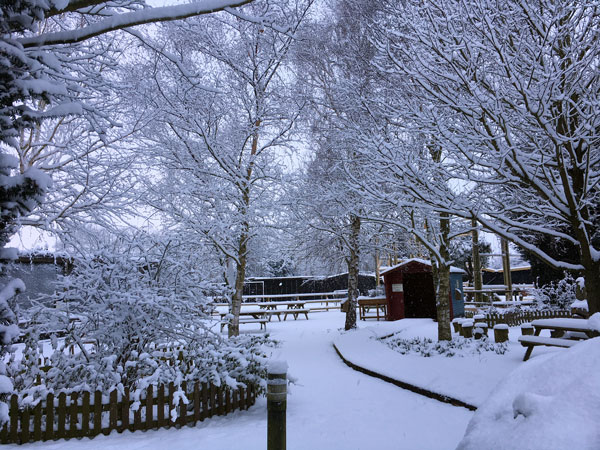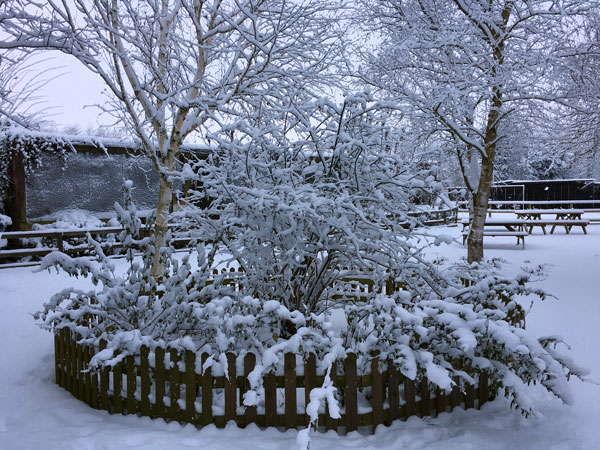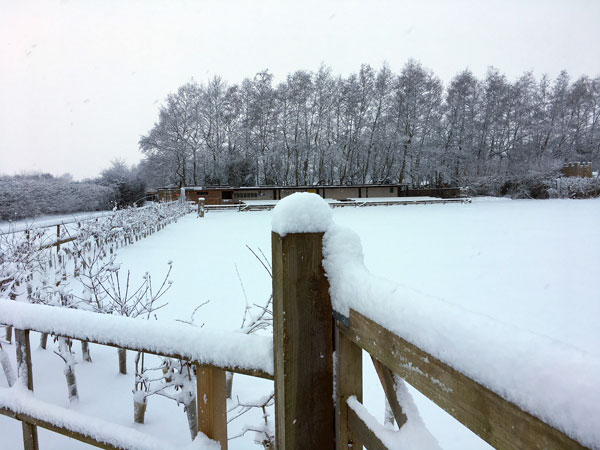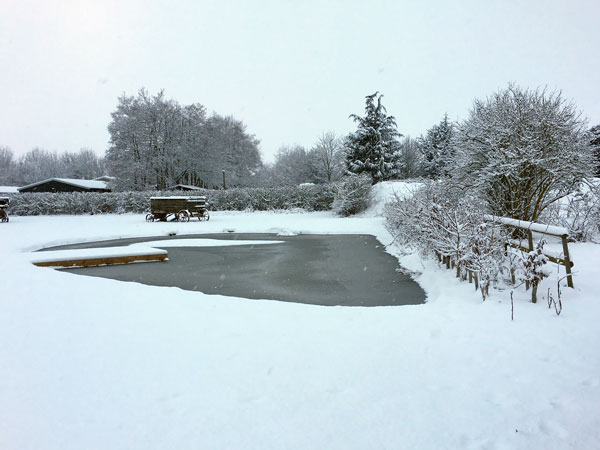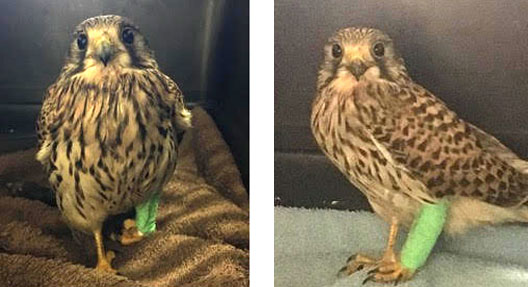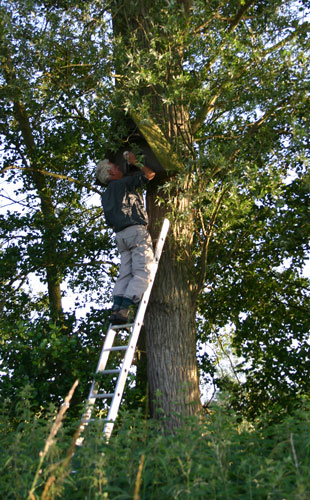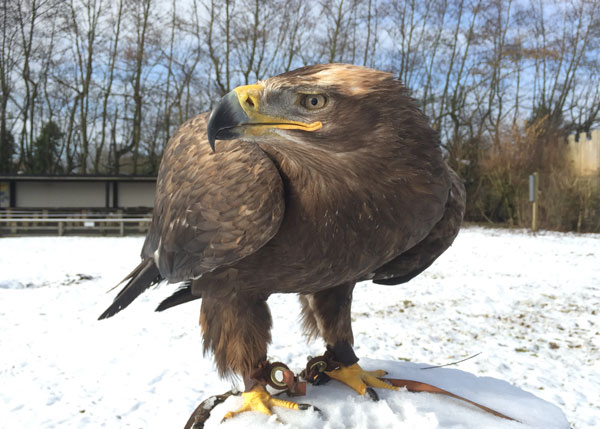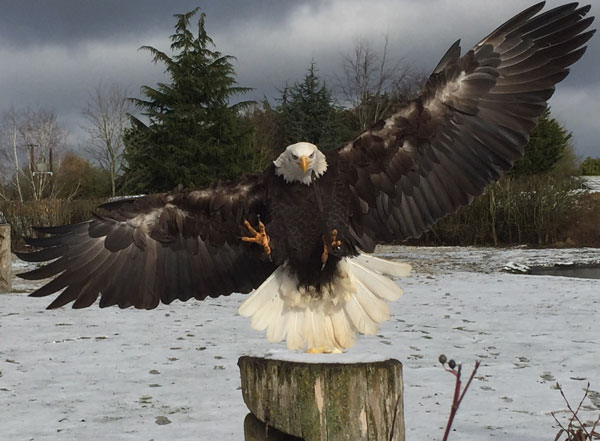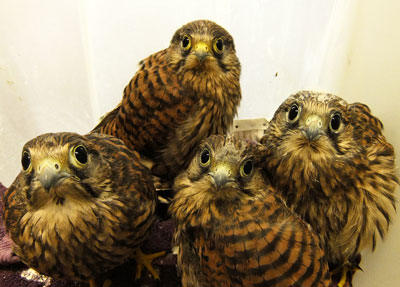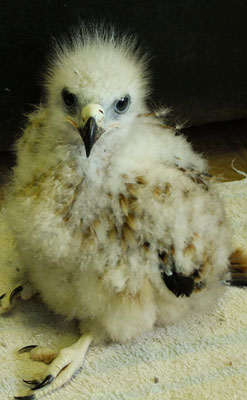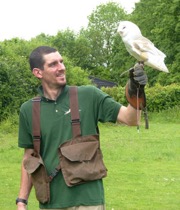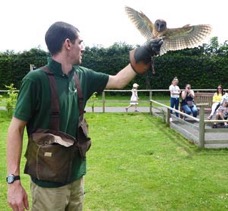Keeper Nick Wallbridge reports!
Visitor David Openshaw caught this great image of one of our Red Squirrel youngsters, which he entered into our 2017 Photo Competition
2017 proved to be a very successful one for our colony of Red Squirrels as both of our breeding pairs had litters, with a total of eleven kits being born.
Red squirrels are very fragile animals with the odds stacked against them in terms of breeding - even in captivity - but we were able to watch them grow from the tiny nervous babies that first appeared in the middle of the year into confident, acrobatic adults.
One of the pens during 2017 had company in the form of three Reeves pheasants. They helped keep the pen clean and also provided some company for the squirrels. On more than one occasion the baby squirrels were seen sneaking down to drink the pheasants water, and prising the lid off the pheasant’s food dispenser to steal the grain inside.
The majority of the youngsters have now moved on to new homes, either to be added to controlled Red Squirrel release programmes where attempts are being made to re-establish colonies in the wild, as new blood for other breeding programmes or to help others illustrate the plight of these rare, amazing and delightful animals to their own visitors. Needless to say, we look forward to more new arrivals this year.
Smile please! This great photo of our inquisitive mob was taken by visitor Bob Berrisford
As for our Meerkats, 2017 proved a hard one for our mob as sadly both the dominant male and female, Bandit & Bonnie, passed away due to illness.
This left the mob not only without their parents but also without a leader! However, after some squabbling about who would take over and some diligent monitoring of behaviour by all the staff who care from them, the meerkats are now back to their usual ways and ready to face another year of being in the spotlight as a popular attraction for all who visit the centre.
Looking back on 2017, the highlight of the meerkats year was Halloween - our Mob love pumpkins, and they had a ready supply of carved pumpkins prepared by our volunteers, both to play with and to eat.
Fun for all come Halloween!
After a long summer of entertaining the public, the meerkats have been resting up over the winter, spending most of their time inside basking in front of their heater or snoozing under the heat lamp. They have had some new toys to keep them amused, plenty of their favourite bugs and on a couple of occasions even came out to investigate the snow. Needless to say, as desert animals they were not particularly impressed with the white stuff!
They and we are looking forward to the year ahead as The Mob prepare to bring pleasure to all that come to see them.




